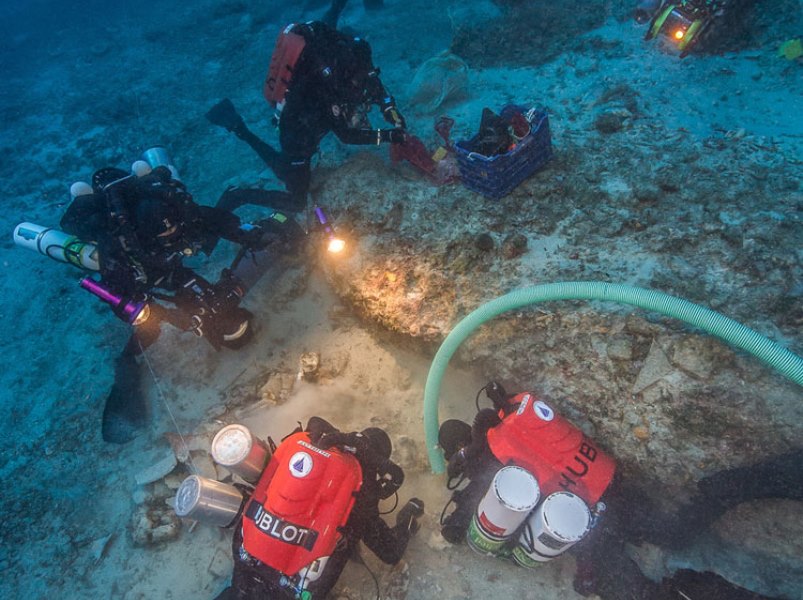-
Tips for becoming a good boxer - November 6, 2020
-
7 expert tips for making your hens night a memorable one - November 6, 2020
-
5 reasons to host your Christmas party on a cruise boat - November 6, 2020
-
What to do when you’re charged with a crime - November 6, 2020
-
Should you get one or multiple dogs? Here’s all you need to know - November 3, 2020
-
A Guide: How to Build Your Very Own Magic Mirror - February 14, 2019
-
Our Top Inspirational Baseball Stars - November 24, 2018
-
Five Tech Tools That Will Help You Turn Your Blog into a Business - November 24, 2018
-
How to Indulge on Vacation without Expanding Your Waist - November 9, 2018
-
5 Strategies for Businesses to Appeal to Today’s Increasingly Mobile-Crazed Customers - November 9, 2018
Ancient Greek Shipwreck is creating another mystery for treasury
The wreck was discovered by some sponge divers in 1900 off a Greek island.
Advertisement
As per the latest findings at the ancient shipwreck, scientists have found a bone flute, a bronze armrest that may have come from a throne, glassware, fine ceramics, and a piece from an ancient board game. The shipwreck gave mysterious Antikythera mechanism, and still providing useful information on the lifestyles of the Greek. During that time, the fishermen were able to retrieve dozens of luxury items, fragments of sculptures and statues, as well as the remains of the ship’s passengers and crew members. WHOI calls it a “a geared mechanical device that encoded the movements of the planets and stars and predicted eclipses”.
This summer’s expedition was part of a long-term research project that it began in 2014 in collaboration with the Hellenic Ministry of Culture and Sports. By utilizing the same technology, scientists expect to continue to uncover ancient artifacts and relics that are now buried in the seafloor.
This is said to be the first every systematic excavation effort of the shipwreck site.
One of the keys is that the divers have discovered the need to dig deeper into the floor of the ocean. Notably, this project marked the first time in the century since the wreck’s discovery that archaeologists were able to join specialist divers in descending to the 55-meter (180 feet) deep site.
A team of four divers carefully excavated most of the artifacts from underneath a layer of sand and broken ceramics.
The 2015 expedition has left the team with the best understanding yet of this unique shipwreck and its cargo. Theotokis Theodoulou, diving archaeologist stated that the team was extremely lucky this year as many finds were excavated within their context this year giving them an opportunity to take advantage of the varied archaeological information the find could provide. A survey of the site suggests that debris is dispersed over 40×50 meters of area of Antikythera and probably more dives will require for collecting more artifacts. To aid in the excavation process, scientists utilized an autonomous robotic mapping technique that created 3D virtual reconstructions of the artifacts.
Advertisement
Analysis of some of the ceramic and glass containers recovered during the most recent dive have revealed the presence of 2,000 year-old food, drinks, perfumes and medicines, offering a snapshot of life in ancient Greece. The program is aimed to recover Antikythera wreck artifacts and to study them comprehensively. This is the first time that these ancient treasures have been allowed to leave the National Archaeological Museum in Athens.




























